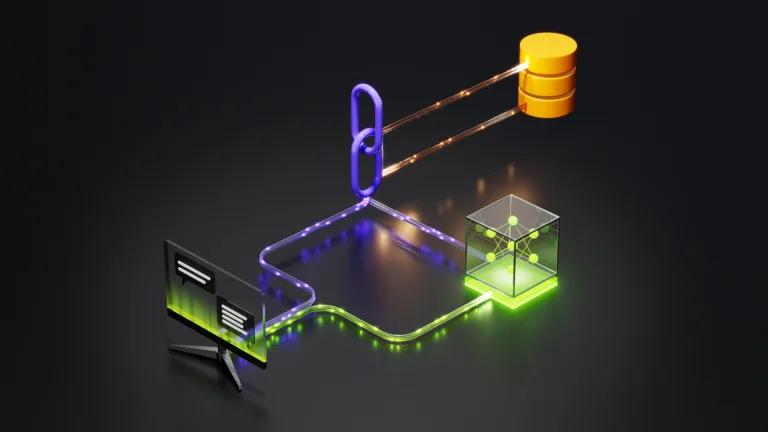NVIDIA Nemotron Powers Self-Corrective RAG System for Log Analysis

NVIDIA Nemotron Powers Self-Corrective Log Analysis System
NVIDIA has introduced a log analysis agent that leverages a retrieval-augmented generation (RAG) pipeline and a graph-based multi-agent workflow to automate log parsing, relevance grading, and self-correcting queries. Powered by NVIDIA Nemotron, this system is designed to help developers and operators quickly identify the causes behind system failures, benefiting QA, DevOps, and CloudOps teams.
The log analysis agent is a self-corrective, multi-agent system that extracts insights from logs using large language models (LLMs). It orchestrates a LangGraph workflow that includes hybrid retrieval, reranking, grading, generation, and a self-correction loop. This system enhances log analysis by automating the detection of root causes and providing context-aware answers.
Key Features of the Log Analysis System
- Hybrid Retrieval: Combines BM25 for lexical matching and FAISS vector store with NVIDIA NeMo Retriever embeddings for semantic similarity.
- Reranking: Uses NeMo Retriever to rerank results and highlight relevant log lines.
- Grading: Scores candidate snippets for contextual relevance.
- Generation: Produces context-aware answers instead of raw log dumps.
- Self-Correction Loop: Rewrites queries and retries if initial results are insufficient.
Components of the Multi-Agent Workflow
bat_ai.py: Defines the workflow graph using LangGraph.graphnodes.py: Implements retrieval, reranking, grading, generation, and query transformation.graphedges.py: Encodes transition logic.multiagent.py: Implements the Hybrid Retriever, combining BM25 and FAISS retrieval.binary_score_models.py: Defines structured outputs for grading.utils.pyandprompt.json: Provide prompts and NVIDIA AI endpoint integration.
Hybrid Retrieval with NVIDIA NeMo
The system employs a hybrid retrieval approach using the HybridRetriever class in multiagent.py. It combines BM25Retriever for lexical scoring and FAISS Vectorstore for semantic similarity, leveraging embeddings from an NVIDIA NeMo Retriever model (llama-3.2-nv-rerankqa-1b-v2). NVIDIA AI endpoints power embedding, reranking, and generation, enhancing the system's accuracy and efficiency.
Use Cases and Customization
The log analysis agent can be customized for various applications, including bug reproduction automation, observability dashboards, and cybersecurity pipelines. Users can clone the NVIDIA GenerativeAIExamples GitHub repository and run example queries to see the system in action. This flexibility makes it a valuable tool for teams seeking to streamline log analysis and improve operational efficiency.
Conclusion
NVIDIA’s Nemotron-powered log analysis system represents a significant advancement in automated log parsing and root cause detection. By combining RAG pipelines, hybrid retrieval, and multi-agent workflows, it provides a robust solution for DevOps, CloudOps, and QA teams. Its self-corrective capabilities ensure accurate and efficient log analysis, making it an essential tool for modern IT operations.